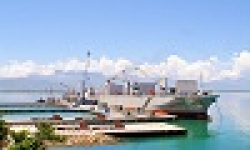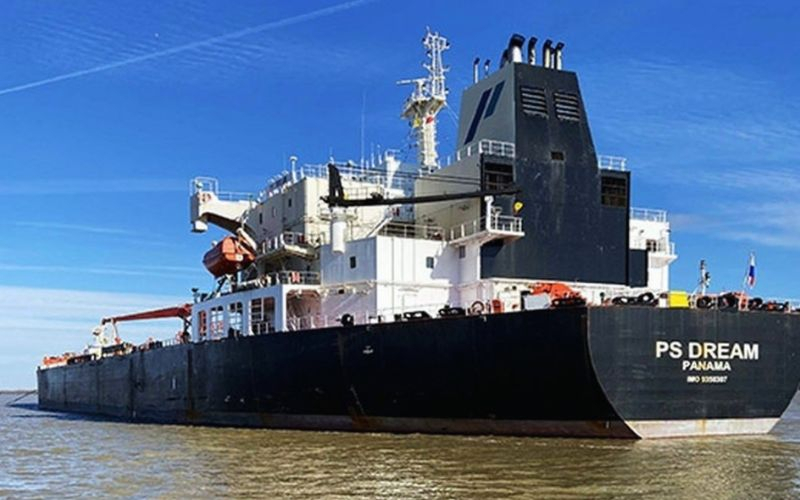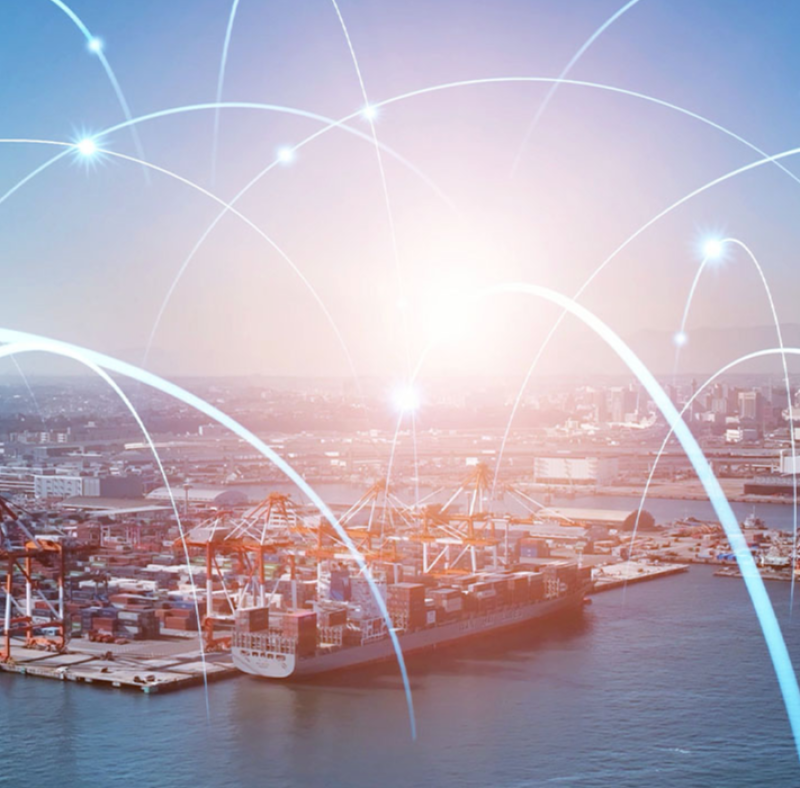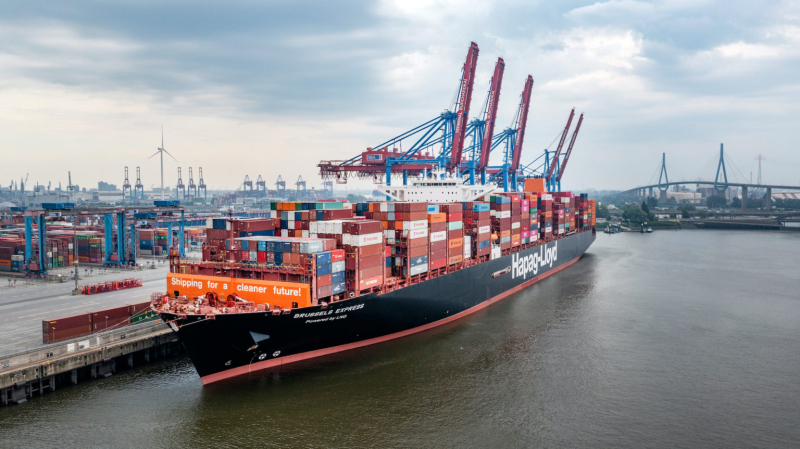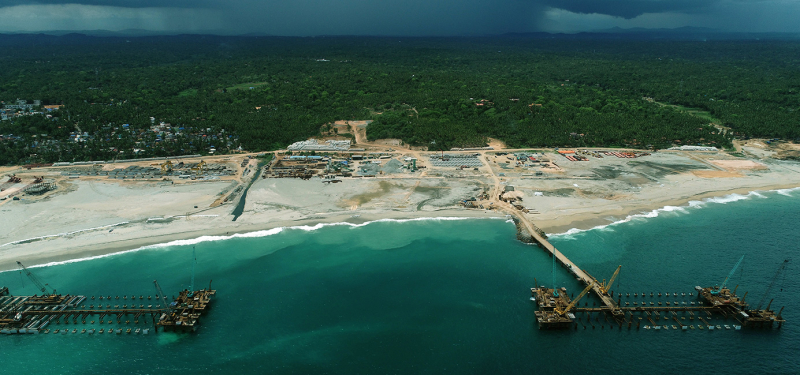The first cracks in the incredible container boom of 2024 are emerging with shippers ready to bargain hard.
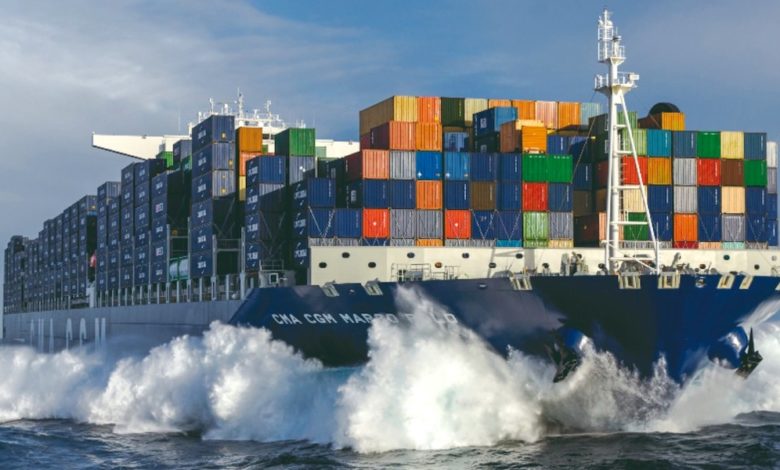
Linerlytica, an Asia-based consultancy, has warned that freight rates may have peaked, something that is manifesting in the freight futures markets which have dropped off this week (see chart at bottom of article).
“Although carriers successfully pushed ahead with the 1 July rate hikes, cracks have appeared on their ability to secure further rate increases as the additional capacity introduced into the US West Coast, North Europe, South America and Middle East have alleviated the capacity pressure on these routes,” Linerlytica noted in its most recent weekly report. Despite this, Linerlytica is forecasting freight rates will remain elevated until the end of the peak season which could last until September.
Looking at individual tradelanes, the Shanghai Containerized Freight Index (SCFI) assessment to North Europe slipped marginally by 0.5% week-on-week last Friday, the first weekly drop since mid-April as average capacity utilisation slipped for two consecutive weeks.
Johnson Leung, co-founder of Linerlytica, argued Asia-Europe rates were showing signs of peaking with forwarders forwarders being offered more space on new services launched this month.
“Our utilisation data showed that the new Asia-Europe services started last week left Asia light. CMA CGM’s French Peak and Hapag-Lloyd’s CGX departed with much lighter utilisation than the recent average utilisation for Asia-Europe trade,” Leung told Splash.

“The lines are shitting themselves,” said one Asia-based shipper, describing this year’s Red Sea crisis-induced boom as being nothing like the one during the covid pandemic era.
An Asia-based senior executive for a non-vessel operating common carrier NVOCC told Splash that while rates remained strong for most regions China – Middle East slot rates had slid by a third over the past four weeks, while Asia to North Europe had “stalled”.
On the transpacific, investment bank Jefferies noted that Asia-US west coast routes are at their highs for the year at nearly $8,000 per feu, though market indications point to an easing closer to $7,000 per feu for later July and August bookings.
“Overall, it appears the container freight markets are pausing at elevated levels with the continuous GRI/FAK rate increases off the table, at least for the near term,” Jefferies noted in a research note yesterday.
“Barring any further supply chain hiccups, July might well be the peak of the current rate spikes,” commented Lars Jensen, the CEO of Vespucci Maritime, a container shipping consultancy.
However, Jensen stressed that this presumption is made under the proviso that there will not be any new complications arising such as more port congestion, Canadian rail strikes, or a widening of the Red Sea crisis. Jensen also pointed out that a potential wave of strikes on the US east coast this autumn where dockworker contract negotiations are stalling could be a “major wildcard” triggering another round of increases.
“There is a bubble in container shipping at the moment,” suggested Deutsche Bank analyst Andy Chu in a research note this week, arguing that the magnitude of rate increases – to their highest level outside the covid era – was hard to understand.
Many container analysts do believe the current bull-run still has legs.
Emily Stausbøll, senior shipping analyst at Xeneta, a freight rate platform, pointed to data from her company indicating a further increase in average spot rates in mid-July on the major fronthaul trades out of Asia.
“Spot rates have been increasing on these trades since the end of April, which coincides with the record-breaking global demand for ocean container shipping in May. It is questionable whether there is the underlying consumer demand to sustain these container volumes, but spot rates continue to increase as long as shippers feel they have no choice but to pay more to guarantee space for their cargo,” Stausbøll said.
Other factors also come into play, she said, such as frontloading imports and the possibility of further tariffs on Chinese goods.
“Carriers are also chartering in additional capacity at huge cost, so they must feel there is a requirement for it going forward,” Stausbøll added.
Simon Heaney, who covers container shipping for UK consultancy Drewry, maintained rates will rise in line with port congestion and equipment availability.
“If those factors improve then rates could level off, but at elevated levels, until a time when Suez is back in full-scale use,” Heaney said.
Dan Nash, associate director at Veson Nautical, told Splash: “Demand for containerships remains hot, supported by a rising charter market, some exceptionally high sales prices, and a fully employed fleet which we don’t expect to fundamentally change this year. Rates could ease off over the summer, but we don’t see this as a signal that asset demand is softening.”
Congestion levels at the Port of Singapore – a significant factor in the tightening of capacity since May – have continued to ease, with vessel wait times for an available berth down to less than two days compared to more than a week in late May.
Elsewhere ships are bunching up. Severe weather conditions near the Cape of Good Hope, for instance, have brought container traffic to a halt this week according to analysis by LSEG Shipping Research.
Since Monday, LSEG reports no containerships have passed the Cape of Good Hope – adding to congestion and delays exacerbated by the Red Sea crisis.




